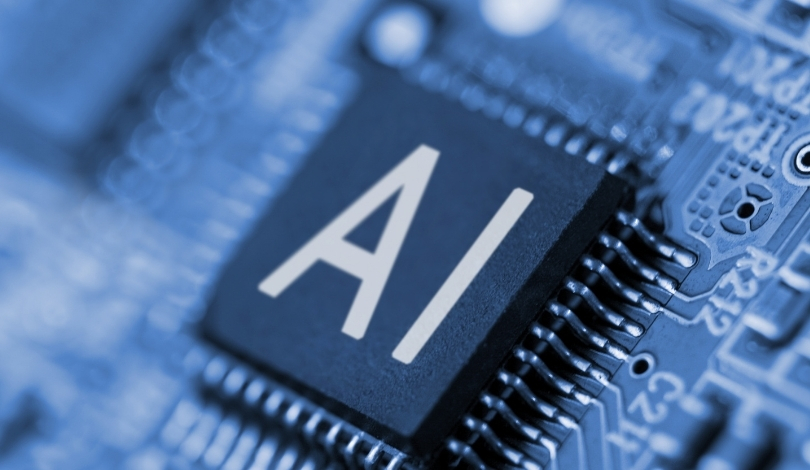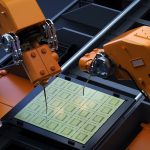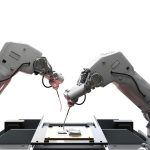Salesforce is implementing artificial intelligence technology internally to reallocate its workforce and revise hiring strategies. The company’s approach includes pausing recruitment for certain roles while ramping up hiring in AI-driven positions, reflecting the growing influence of AI across the software sector. This shift also highlights distinct strategies for workforce adaptation at large corporations. While businesses previously focused on enhancing efficiency with process automation, Salesforce’s current direction puts AI at the center of operational changes and hiring decisions. The company’s leadership suggests the internal environment will soon be markedly different from its recent past as AI capabilities increase.
Other reports in early 2024 highlighted Salesforce’s workforce adjustments, including layoffs and expanded sales staff to promote its AI offerings such as Einstein AI. Those accounts focused on broader tech-industry reductions and reallocation of staff, but did not emphasize the in-depth reliance on internal AI systems as is currently discussed. Whereas layoffs were previously attributed to economic headwinds and cost reductions, the present discussion focuses on AI taking over specific tasks and shaping the workflow structure. The comparison shows an evolution from addressing external challenges to optimizing internal productivity with digital agents and strategic hiring.
How Is Salesforce Utilizing AI Internally?
The integration of AI within Salesforce now extends to pausing hiring for positions like customer service agents, engineers, and lawyers. CEO Marc Benioff explained that this pause allows time for the productivity benefits from AI to become clear, rather than hastily resuming conventional hiring. At the same time, Salesforce is boosting recruitment for sales positions dedicated to its expanding array of AI-based products, aligning staff allocation with the company’s shifting business objectives.
What Role Do Digital Agents Play at Salesforce?
Currently, Salesforce utilizes approximately 9,000 digital AI agents, supplementing its 75,000 human employees. These AI agents primarily function as customer service representatives and, over the past nine months, have managed close to one million customer interactions. While CEO Benioff remarked lightheartedly that these agents have yet to appear on the organization’s chart,
“they operate alongside Salesforce employees in what Benioff described as ‘a kind of marriage.’”
Will AI Affect Job Availability Across the Industry?
The outlook on AI’s impact on overall employment remains mixed. Benioff maintains that AI is not directly causing large-scale layoffs within client companies, describing the trend as an augmentation rather than replacement of the workforce. Conversely, Ford CEO Jim Farley recently expressed concern that AI could eventually replace half of America’s white-collar workforce. These differing perspectives reflect ongoing debates about AI’s broader economic implications.
Smaller businesses appear more inclined to leverage AI as a tool to lower entry barriers, making it easier for entrepreneurs to found and scale companies. Benioff foresees AI serving as a vital resource for new ventures, in contrast to some larger organizations that express caution regarding the speed and depth of changes driven by AI. Stakeholders continue to monitor how these shifts will affect various sectors, particularly regarding job displacement and newly created roles focused on maximizing AI’s utility.
The Salesforce strategy, compared to previous years’ more traditional layoffs or hiring freezes, centers on AI not only as a technological tool but as a structural factor in workforce decisions. For other organizations weighing similar moves, understanding when to shift human labor toward AI-driven automation—and where to concentrate human expertise—will likely become increasingly important. Businesses considering this approach should review their own operational needs and monitor productivity data as AI deployments expand, aiming to create balance between digital and human agents as Salesforce currently does.










